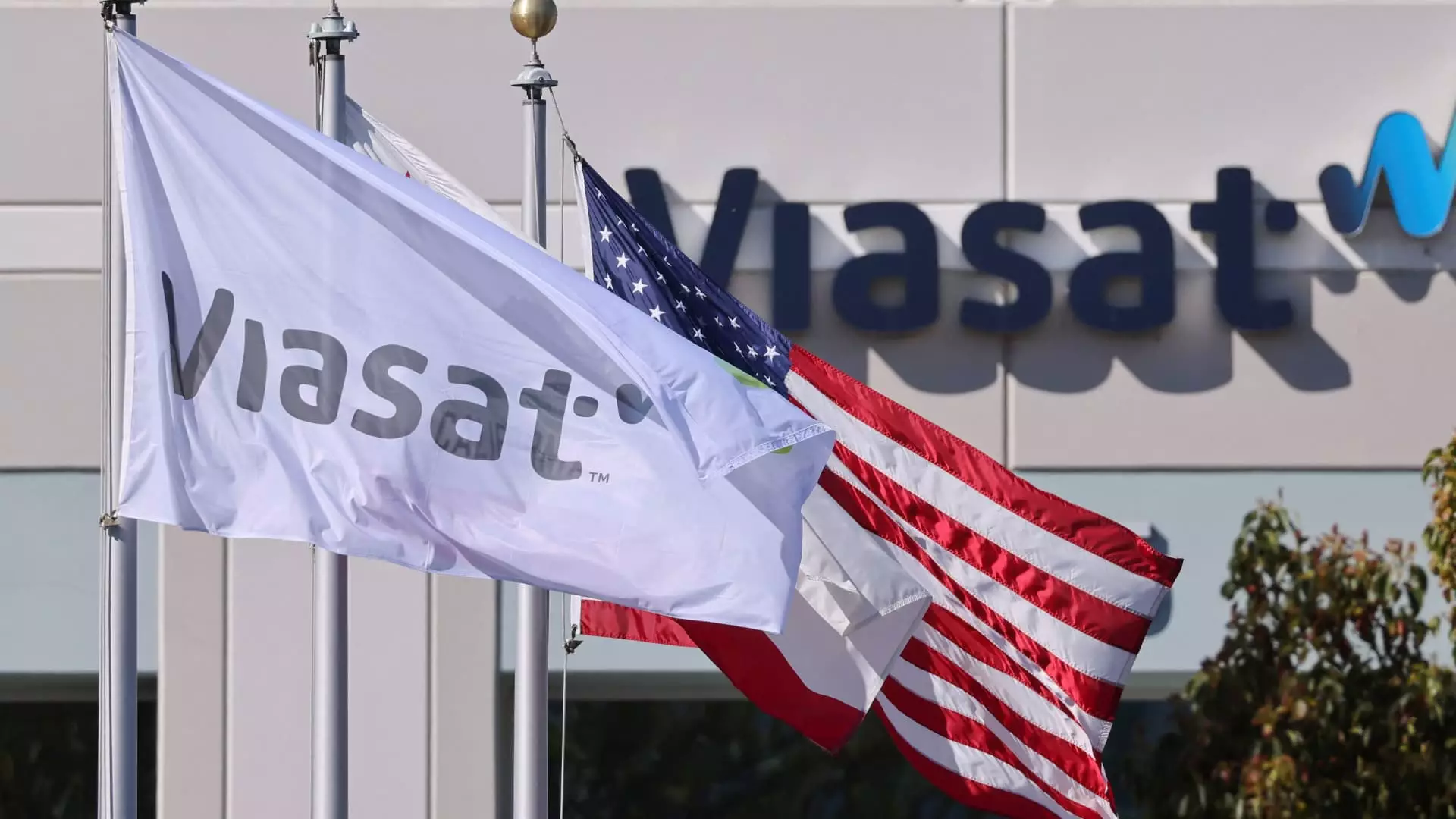In the ever-evolving landscape of satellite communications, Viasat finds itself at a crucial crossroad. Despite facing fierce competition from industry leaders like Starlink, positioned by the formidable SpaceX, insights from Deutsche Bank suggest that Viasat could be poised for a remarkable turnaround. Speculatively upgraded from a hold to a buy rating, the analysts’ newfound optimism shines a spotlight on the potential for Viasat to leverage its assets in innovative ways. This raises a crucial question: could the tides be shifting in favor of Viasat despite the pressures of its current business environment?
Untapped Potential in Asset Monetization
One of the most compelling aspects of Deutsche Bank’s analysis is the acknowledgment of Viasat’s capacity for monetizing its non-core assets, particularly its valuable L-band spectrum, which holds significant promise. Analyst Edison Yu indicates that this spectrum could be key to unlocking immense value, with considerable opportunities stemming from its reliability and coverage capabilities. The recent partnership between Ligado and AST SpaceMobile serves as a testament to the kind of deals that could open new revenue channels specifically for Viasat.
Yu’s assertion that Viasat owns a substantial portion of the U.S. and Canadian L-band also emphasizes a strategic edge that may very well govern its future profitability. As such, the potential release of these valuable spectrums could significantly alter the trajectory of Viasat’s financial health, allowing it to carve out essential gains even in a threatening competitive atmosphere.
Defense and Advanced Technologies as a Strategic Asset
The outlook on Viasat extends beyond mere spectrum monetization. The company also harbors significant assets in Defense and Advanced Technologies (DAT) that could be spun off to yield greater market value. Despite a challenging operating environment, the anticipated high multiples in the defense tech sector could mean a goldmine for Viasat if positioned effectively. Analysts like Yu suggest that such a spin-off might allow the DAT segment to command valuations that are significantly higher than what Viasat can achieve as a combined entity.
In an age where defense technology is in increasing demand, particularly with intensified global security concerns, it is a strategic move for Viasat to consider unlocking this potential. With public competitors trading at substantial multiples, the opportunity for Viasat to restructure could provide an avenue for revitalization and increased shareholder value.
Awaiting the ViaSat-3 Satellites: A Game Changer?
Perhaps at the core of Viasat’s resurgence is the impending launch of its ViaSat-3 satellites: F2 and F3. The analysts posit that the successful deployment of these sophisticated satellites could alleviate existing market pressures, creating a clearer path to positive free cash flow by 2027. The positive cash flow projection of $300 million to $500 million is particularly noteworthy, cementing Viasat’s potential to return to a stronger financial footing.
As the company gears up for these launches, Viasat may not only improve its operational overhead but also pivot its reputation in a highly critical industry. The anticipation of these satellites represents not just technological advancement but a beacon of hope for investors and stakeholders looking for stability amid volatility.
The Market’s Skepticism
Despite these encouraging insights, skepticism remains a common theme across Wall Street. With most analysts maintaining a neutral stance on Viasat, the outlook remains guarded. Only two buy ratings stand against a backdrop of seven hold ratings among nine analysts covering the stock. This ambivalence raises alarm bells about whether Viasat can truly deliver on the optimistic projections—particularly given its recent performance, which has seen shares tumble over 23% in six months.
However, the average target price hovering around $20 represents a striking 108% upside potential, illustrating a disconnect between market sentiment and the underlying company’s prospects. If Viasat can capitalize on its strengths effectively, it could very well upend current market skepticism and position itself as a true contender amid the satellite revolution.
Navigating Future Challenges with Resilience
While Viasat is facing monumental challenges, the paths proposed by analysts such as Yu illuminate a roadmap toward growth and resilience. The combination of strategic asset monetization, potential enhancements from the DAT segment, and advancements with the ViaSat-3 satellites sets the stage for a turnaround that is not merely hopeful but strategically viable. For a company in Viasat’s position, understanding how to navigate the competitive landscape while focusing on core strengths may very well dictate its endurance and trajectory. As Viasat gears up for what lies ahead, the foundations being laid today could very well pave the way for a brighter financial future.

